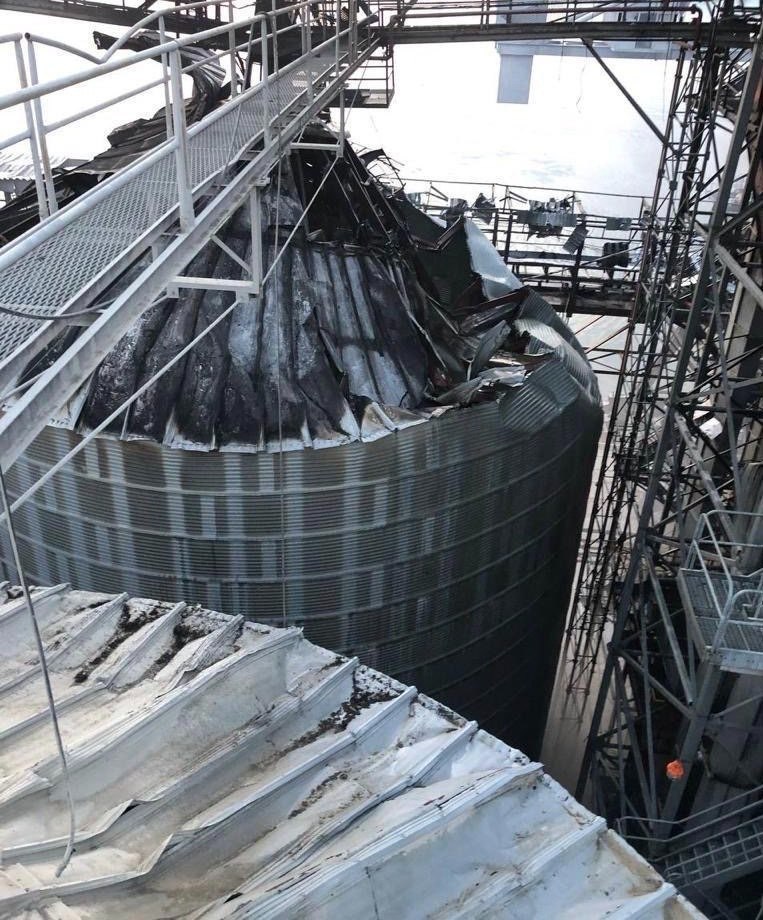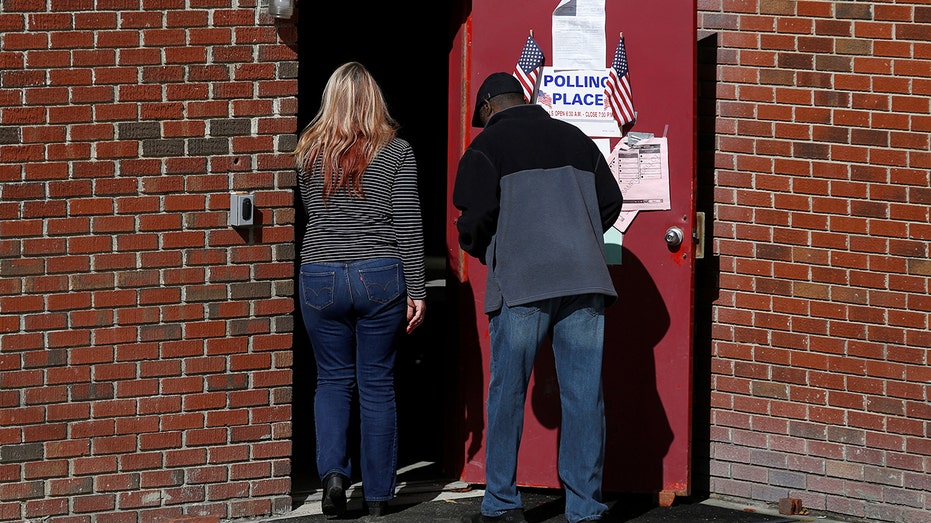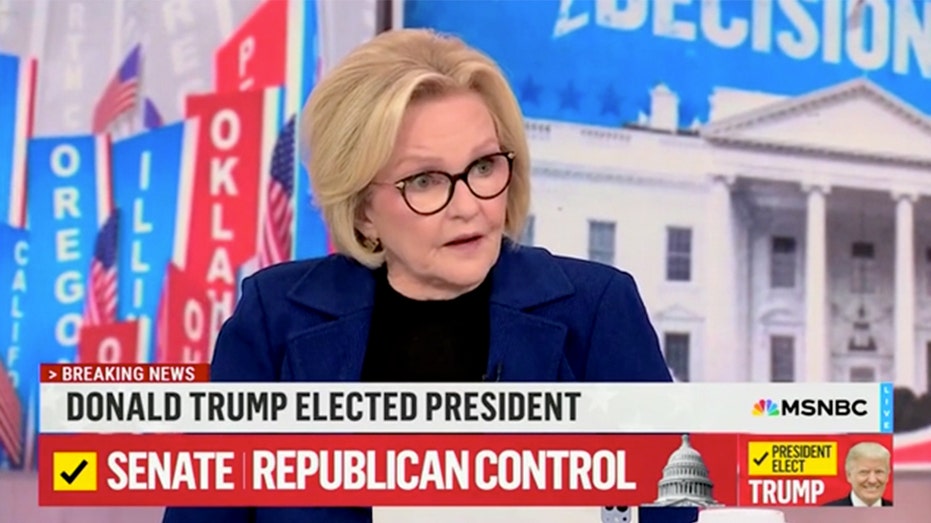Swedish government approves major energy support for Ukraine
The initiative includes providing gas turbines and strengthening defenses around energy facilities to minimize the impact of ongoing strikes.


The Swedish government has allocated nearly €44 million to support heating and electricity supply in Ukraine amid continuous Russian attacks on the country’s critical infrastructure.
According to World Bank experts, this aid will help generate electricity for 185,000 people and is considered Sweden’s most substantial contribution to the Ukrainian energy sector.
“Russia’s full-scale invasion and the ongoing war have destroyed a significant portion of Ukraine’s infrastructure. Attacks on Ukraine have intensified, mainly targeting energy facilities. Ukrainian families, businesses, hospitals, and schools are suffering.
Sweden’s new vast support is aimed at meeting the needs of the country’s most vulnerable population,” an official statement reads.
The Swedish government also said it will continue to support Ukraine for as long as it takes.
“The government has repeatedly and in various ways supported Ukraine’s energy supply since Russia’s invasion. Now, we are moving forward by providing additional financial support aimed at Ukraine’s energy supply, which has been severely affected.
These 500 million Swedish kronor will be one of Sweden’s most significant contributions to Ukraine’s energy supply and will help generate electricity for hospitals and thousands of Ukrainian homes,” said Sweden’s Minister for Energy, Business, and Industry Ebba Busch.
The initiative includes two gas turbines for electricity generation at the initial stage. The production complex will be specially protected to minimize the destructive impact of Russian attacks.
Earlier, Ukraine’s Ministry of Defense approved the Swedish-made Pansarbandvagn 302 (PbV 302) armored personnel carrier for supply to the Armed Forces of Ukraine.
Ukraine approves Swedish PbV 302 armored vehicle for military use
Hägglund & Söner developed tracked vehicles in the early 1960s. They served in the Swedish army until 2014 and saw combat deployments in Bosnia and Kosovo.
Related:
- German defense stocks drop as government debates future Ukraine support
- UK intel: Ukraine’s economy remains resilient two years into Russian invasion
- Western aid to Ukraine is not charity, it’s self-preservation
- The way forward for Ukraine’s economy
- Sanctioned Russian billionaires continue to profit despite restrictions
- AP: G7 leaders agree to lend Ukraine billions in Russia’s frozen assets
- The West’s fear of escalation is Russia’s greatest weapon
You could close this page. Or you could join our community and help us produce more materials like this.
We keep our reporting open and accessible to everyone because we believe in the power of free information. This is why our small, cost-effective team depends on the support of readers like you to bring deliver timely news, quality analysis, and on-the-ground reports about Russia's war against Ukraine and Ukraine's struggle to build a democratic society.
A little bit goes a long way: for as little as the cost of one cup of coffee a month, you can help build bridges between Ukraine and the rest of the world, plus become a co-creator and vote for topics we should cover next. Become a patron or see other ways to support.



